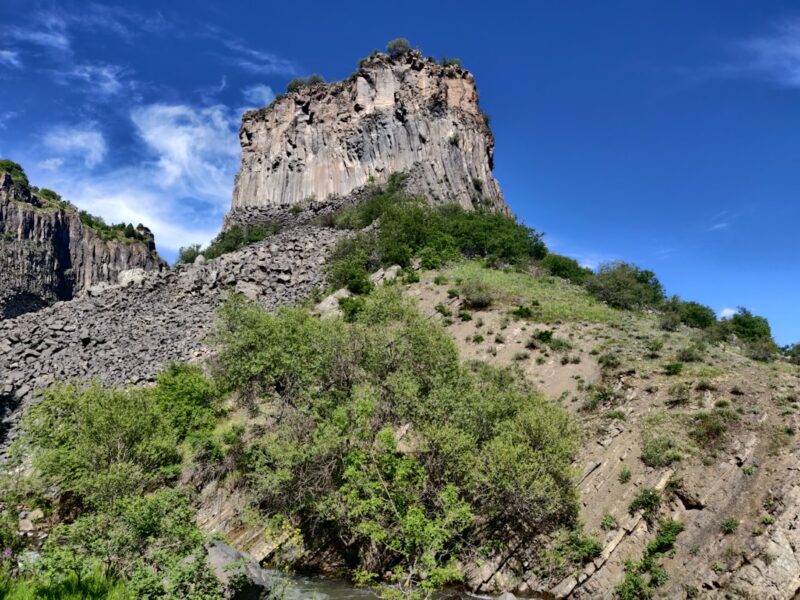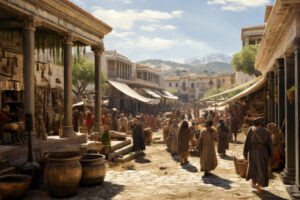Beyond the well-trodden tourist paths of Yerevan and the ancient monasteries of Geghard and Garni lies a region brimming with undiscovered beauty and rich history: Kotayk, Armenia. Often overlooked in favor of its more famous neighbors, Kotayk offers a unique blend of stunning landscapes, captivating historical sites, and authentic Armenian experiences, making it an ideal destination for travelers seeking to delve deeper into the country’s cultural tapestry. This region, easily accessible from the capital, is a treasure trove of Kotayk Armenia landmarks waiting to be explored. Prepare to be surprised as we unveil the hidden gems of Kotayk, offering practical tips and actionable advice to make your journey unforgettable.
Exploring the Historical Heart of Kotayk
Kotayk’s history is as layered and complex as the volcanic rock formations that define its landscape. From ancient fortresses to medieval monasteries, the region whispers tales of kingdoms, conquests, and spiritual devotion. To truly appreciate the Kotayk Armenia landmarks, understanding their historical significance is crucial.
Geghard Monastery: A Spiritual Sanctuary Carved in Stone

While technically located just outside of Yerevan, Geghard Monastery is inextricably linked to Kotayk and often included in itineraries exploring the region. This UNESCO World Heritage site is a masterpiece of Armenian medieval architecture, partially carved directly into the cliff face. The name “Geghard” means “spear,” referring to the Holy Lance that is said to have pierced Christ’s side, once kept here. Exploring the complex, you’ll discover intricately carved khachkars (Armenian cross-stones), hidden chapels, and a spring believed to possess healing properties.
Practical Tip: Arrive early in the morning to avoid the crowds, especially during peak season. Dress respectfully (covered shoulders and knees) when visiting religious sites. Consider hiring a local guide to learn more about the monastery’s history and symbolism.
Garni Temple: A Hellenistic Echo in the Armenian Highlands
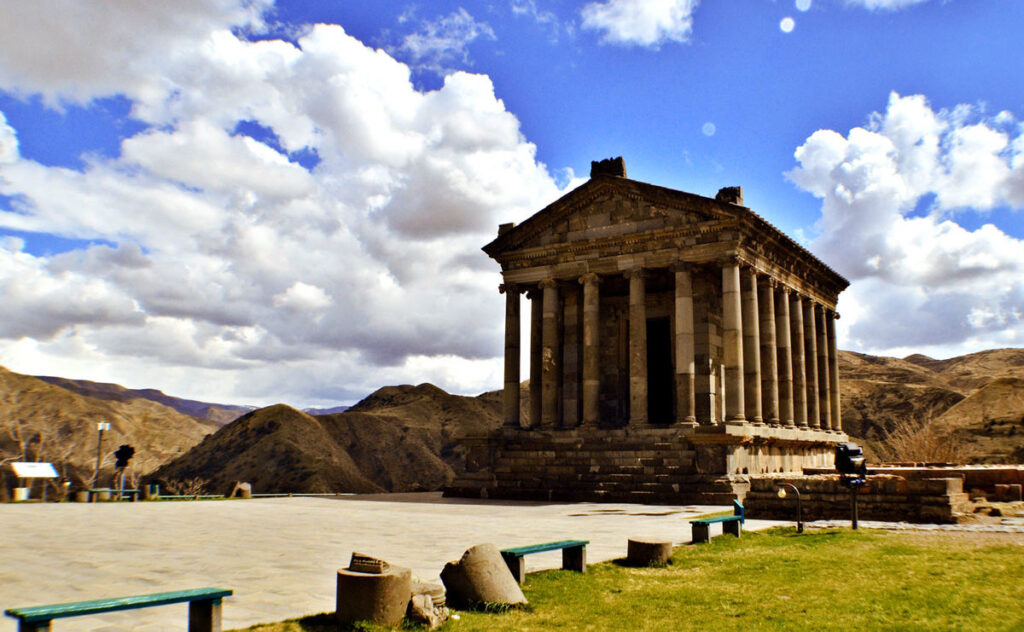
Garni Temple, a pagan temple dedicated to the sun god Mithra, is a stark contrast to the Christian monasteries that dot the Armenian landscape. Built in the 1st century AD, it’s the only Greco-Roman colonnaded building in Armenia and a testament to the cultural influences that have shaped the region. The temple was destroyed in an earthquake in 1679 but meticulously reconstructed in the 1970s. Nearby, explore the ruins of the royal bathhouse, featuring a well-preserved mosaic floor depicting scenes from Greek mythology. This is a must-see among the Kotayk Armenia landmarks, offering a unique perspective on Armenia’s pre-Christian past.
Actionable Advice: Combine your visit to Garni Temple with a trip to Geghard Monastery. Many tours offer a combined excursion, making it a convenient way to see two of Armenia’s most iconic sites. Wear comfortable shoes, as you’ll be walking on uneven terrain.
The Fortress of Bjni: A Medieval Sentinel
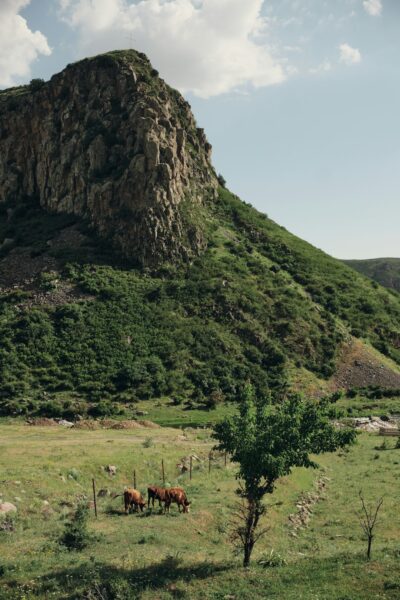
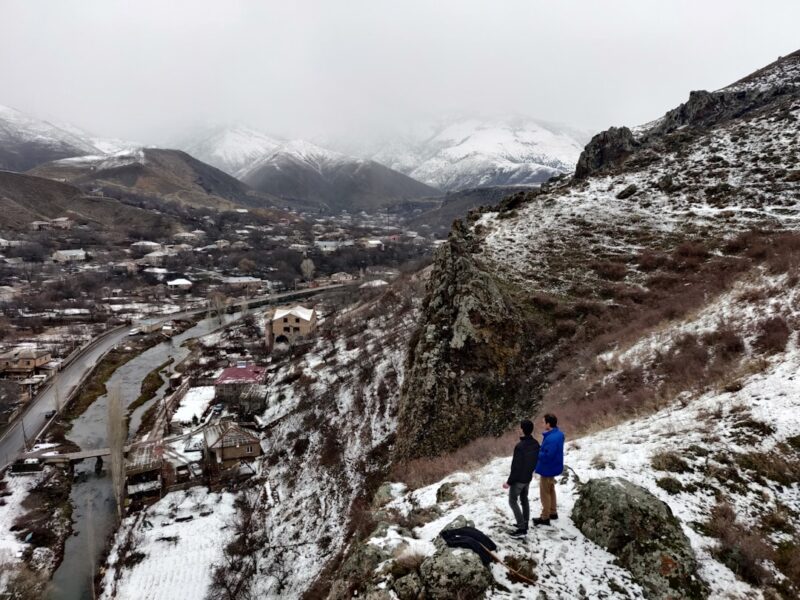
Perched atop a hill overlooking the village of Bjni, the Fortress of Bjni is a lesser-known but equally fascinating historical site. Built in the 9th century, the fortress served as a strategic stronghold, witnessing countless battles and sieges. Today, the crumbling walls and towers offer panoramic views of the surrounding landscape. Exploring the ruins, you can imagine the lives of the soldiers and villagers who once sought refuge within its walls. While not as well-preserved as Garni or Geghard, the Fortress of Bjni offers a glimpse into Armenia’s medieval military architecture and strategic importance. This often-overlooked site truly qualifies as one of the hidden Kotayk Armenia landmarks.
Practical Tip: The road to the fortress can be rough, so a vehicle with high clearance is recommended. Bring water and snacks, as there are no facilities at the site. Be prepared for some uphill walking.
Nature’s Masterpieces: Exploring Kotayk’s Landscapes
Beyond its historical sites, Kotayk boasts a diverse and breathtaking landscape, ranging from rugged mountains and lush forests to sparkling rivers and serene lakes. For outdoor enthusiasts, the region offers a wealth of opportunities for hiking, camping, and simply immersing oneself in the beauty of nature. These natural wonders are integral to the allure of Kotayk Armenia landmarks.
Tsaghkadzor: Armenia’s Premier Ski Resort
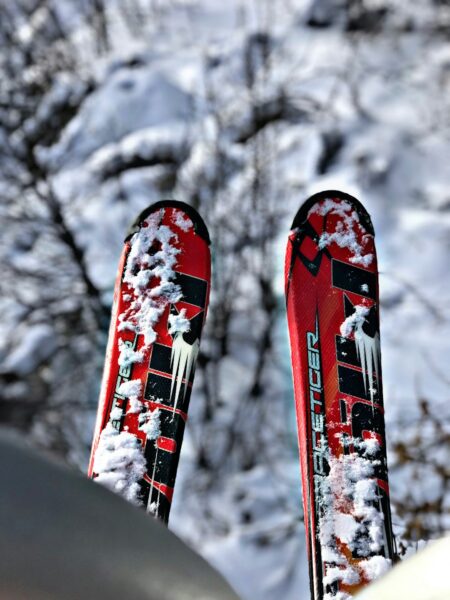
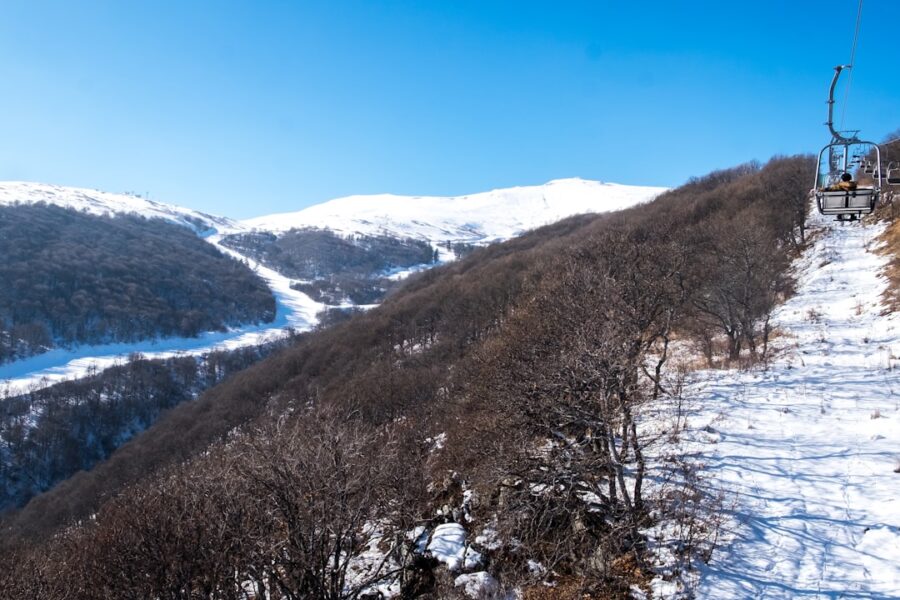
In winter, Tsaghkadzor transforms into Armenia’s premier ski resort, attracting skiers and snowboarders from around the world. The slopes offer a variety of runs for all skill levels, and the modern lift system ensures a smooth and enjoyable experience. But Tsaghkadzor is not just a winter destination. In summer, the town offers opportunities for hiking, mountain biking, and horseback riding. The Kecharis Monastery, located in the heart of Tsaghkadzor, is a beautiful example of Armenian medieval architecture and a peaceful place to reflect. Tsaghkadzor’s versatility makes it a year-round destination and a prominent feature among Kotayk Armenia landmarks.
Actionable Advice: Book your accommodation and ski passes in advance, especially during peak season. Consider taking a ski lesson if you’re a beginner. In summer, explore the hiking trails that lead to stunning viewpoints overlooking the surrounding mountains.
Lake Akna: A Volcanic Gem
Nestled high in the Geghama Mountains, Lake Akna is a stunning crater lake formed by a volcanic eruption. The lake’s crystal-clear waters reflect the surrounding peaks, creating a breathtaking panorama. Reaching Lake Akna requires a challenging hike, but the reward is well worth the effort. The pristine beauty and tranquility of the lake make it a truly unforgettable experience. This remote and stunning location is a true testament to the natural beauty of Kotayk Armenia landmarks.
Practical Tip: The hike to Lake Akna is strenuous and requires a good level of fitness. Hire a local guide who knows the trail well. Bring plenty of water, snacks, and sunscreen. Check the weather forecast before you go, as conditions can change rapidly in the mountains.
The Marmarik River Valley: A Hiker’s Paradise
The Marmarik River Valley is a hidden gem, offering a variety of hiking trails through lush forests and alongside the sparkling Marmarik River. The valley is home to several small villages, where you can experience the authentic Armenian way of life. The trails range in difficulty, making it suitable for both casual hikers and experienced trekkers. Keep an eye out for wildlife, including birds, butterflies, and even the occasional bear. Exploring the Marmarik River Valley is a fantastic way to connect with nature and discover the lesser-known corners of Kotayk. The valley itself is a landmark within the constellation of Kotayk Armenia landmarks, offering a unique experience.
Actionable Advice: Download offline maps of the area, as cell phone reception can be spotty. Pack a first-aid kit and be prepared for unexpected weather changes. Respect the local environment and leave no trace behind.
Delving into Kotayk’s Culture and Cuisine
Beyond its historical sites and natural wonders, Kotayk offers a rich cultural experience, allowing visitors to connect with the local people and traditions. From traditional crafts to delicious cuisine, Kotayk’s culture is an integral part of its charm. Experiencing these facets enhances the appreciation of Kotayk Armenia landmarks by providing context and connection.
Traditional Crafts: Discovering Armenian Artistry
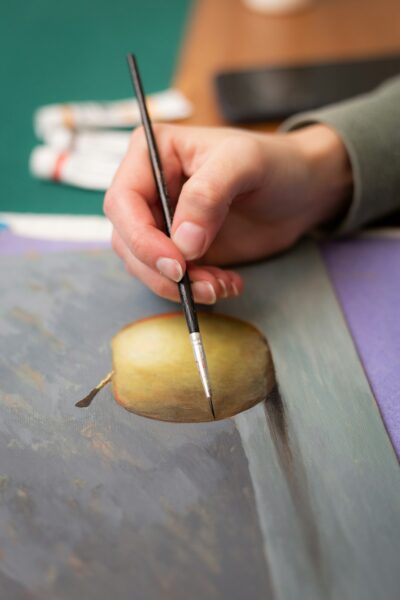


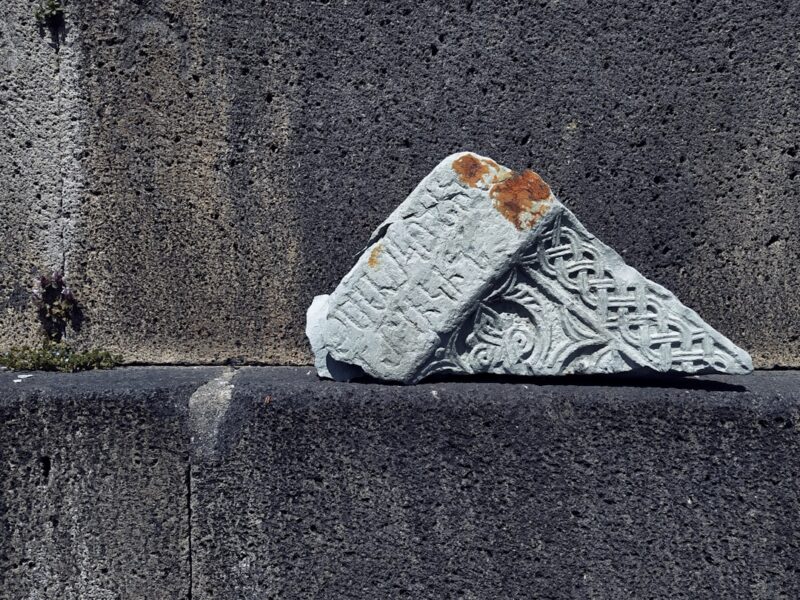
Kotayk is home to several workshops and studios where you can witness traditional Armenian crafts being made. From pottery and carpet weaving to woodcarving and stone masonry, the region is a hub of artistic talent. Visiting these workshops, you can learn about the techniques and traditions that have been passed down through generations. You can even try your hand at creating your own masterpiece. Supporting local artisans is a great way to contribute to the preservation of Armenian culture. Looking for unique and authentic souvenirs? These crafts are a perfect representation of the spirit embedded in Kotayk Armenia landmarks.
Practical Tip: Ask your hotel or guesthouse for recommendations on local craft workshops. Be respectful of the artisans’ time and work. Consider purchasing a piece of their art to support their livelihood.
Savoring Kotayk’s Cuisine: A Culinary Adventure
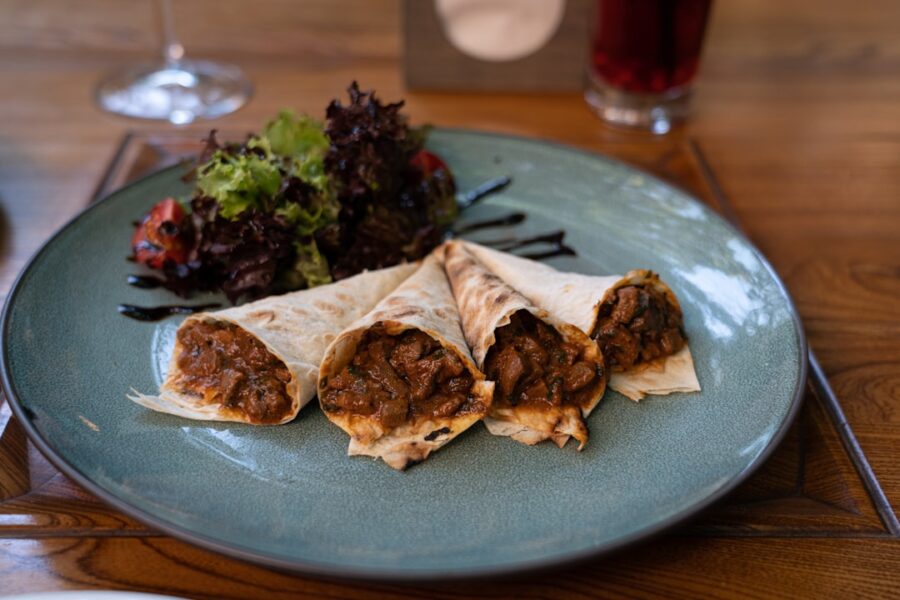
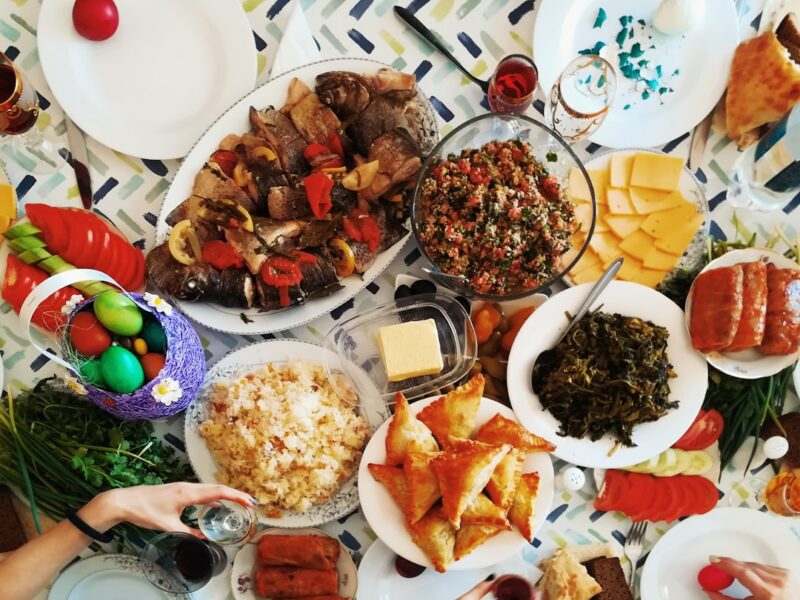

Armenian cuisine is renowned for its flavorful dishes and fresh ingredients, and Kotayk is no exception. The region boasts a variety of restaurants and cafes serving traditional Armenian fare, from hearty stews and grilled meats to fresh salads and homemade bread. Be sure to try the local specialties, such as *khorovadz* (barbecue), *harissa* (wheat porridge with meat), and *ghazandi* (rice pilaf with dried fruit). Don’t forget to wash it all down with a glass of Armenian wine or brandy. Exploring the culinary landscape is vital to understanding the richness that comprises Kotayk Armenia landmarks.
Actionable Advice: Ask locals for recommendations on the best restaurants in the area. Be adventurous and try new dishes. Don’t be afraid to ask about the ingredients and preparation methods. Consider taking a cooking class to learn how to make your own Armenian delicacies.
Experiencing Local Hospitality: Connecting with the People
One of the most rewarding aspects of traveling in Kotayk is the opportunity to connect with the local people. Armenians are known for their warmth and hospitality, and you’ll often be greeted with smiles and invitations to share a meal or a drink. Take the time to chat with the locals, learn about their lives, and experience their culture firsthand. You’ll find that these interactions are often the most memorable part of your trip. Their stories and perspectives add layers of meaning to the physical Kotayk Armenia landmarks you visit.
Practical Tip: Learn a few basic Armenian phrases, such as “Barev dzez” (Hello) and “Shnorhakalutyun” (Thank you). Be respectful of local customs and traditions. Be open to new experiences and willing to step outside of your comfort zone.
Planning Your Trip to Kotayk: Practical Tips and Recommendations

To make the most of your trip to Kotayk, careful planning is essential. Here are some practical tips and recommendations to help you prepare for your adventure, ensuring a seamless exploration of Kotayk Armenia landmarks:
Getting There and Around: Transportation Options
Kotayk is easily accessible from Yerevan by car, bus, or taxi. Renting a car provides the most flexibility, allowing you to explore the region at your own pace. However, be aware that some roads can be rough, so a vehicle with high clearance is recommended. Buses and taxis are also readily available, but they may be less convenient for reaching some of the more remote sites. Consider hiring a driver for the day if you prefer not to drive yourself. Navigating between Kotayk Armenia landmarks requires careful planning.
Actionable Advice: Book your rental car in advance, especially during peak season. Download a map of the region and familiarize yourself with the road network. Negotiate the fare with taxi drivers before you start your journey.
Accommodation Options: From Hotels to Guesthouses
Kotayk offers a variety of accommodation options to suit all budgets and preferences. From luxury hotels in Tsaghkadzor to cozy guesthouses in smaller villages, you’ll find something to meet your needs. Consider staying in a guesthouse for a more authentic experience and the opportunity to connect with local families. Book your accommodation in advance, especially during peak season. Consider accommodations that are centrally located to key Kotayk Armenia landmarks.
Practical Tip: Read reviews of different accommodation options before you book. Consider the location of your accommodation and its proximity to the sites you want to visit. Ask about amenities and services, such as Wi-Fi, breakfast, and laundry facilities.
Best Time to Visit: Seasonal Considerations
The best time to visit Kotayk depends on your interests and preferences. Summer (June-August) is ideal for hiking and exploring the region’s natural beauty. Winter (December-February) is perfect for skiing and snowboarding in Tsaghkadzor. Spring (March-May) and autumn (September-November) offer pleasant weather and fewer crowds. Be aware that the weather in the mountains can be unpredictable, so be prepared for all conditions. The optimal time to visit certain Kotayk Armenia landmarks may vary depending on the activity.
Actionable Advice: Check the weather forecast before you travel. Pack layers of clothing to be prepared for changing temperatures. Be aware of seasonal events and festivals that may affect your travel plans.
Budgeting Your Trip: Costs and Expenses
Armenia is a relatively affordable destination, and Kotayk is no exception. However, your expenses will depend on your travel style and preferences. Accommodation, transportation, and food are the main costs to consider. Budget accordingly and be prepared to spend more if you plan to stay in luxury hotels or dine at upscale restaurants. Consider purchasing a travel card for discounts on attractions and transportation. Being mindful of your budget ensures a stress-free exploration of Kotayk Armenia landmarks.
Practical Tip: Research the average prices of accommodation, transportation, and food in Kotayk. Set a daily budget and track your expenses. Look for free activities and attractions, such as hiking and exploring local markets.
Kotayk, Armenia, is a region waiting to be discovered. With its captivating historical sites, breathtaking landscapes, rich culture, and warm hospitality, Kotayk offers a unique and unforgettable travel experience. By following these practical tips and actionable advice, you can uncover the hidden gems of this remarkable region and create memories that will last a lifetime. So, pack your bags, embrace the adventure, and prepare to be amazed by the beauty and charm of Kotayk Armenia landmarks.

